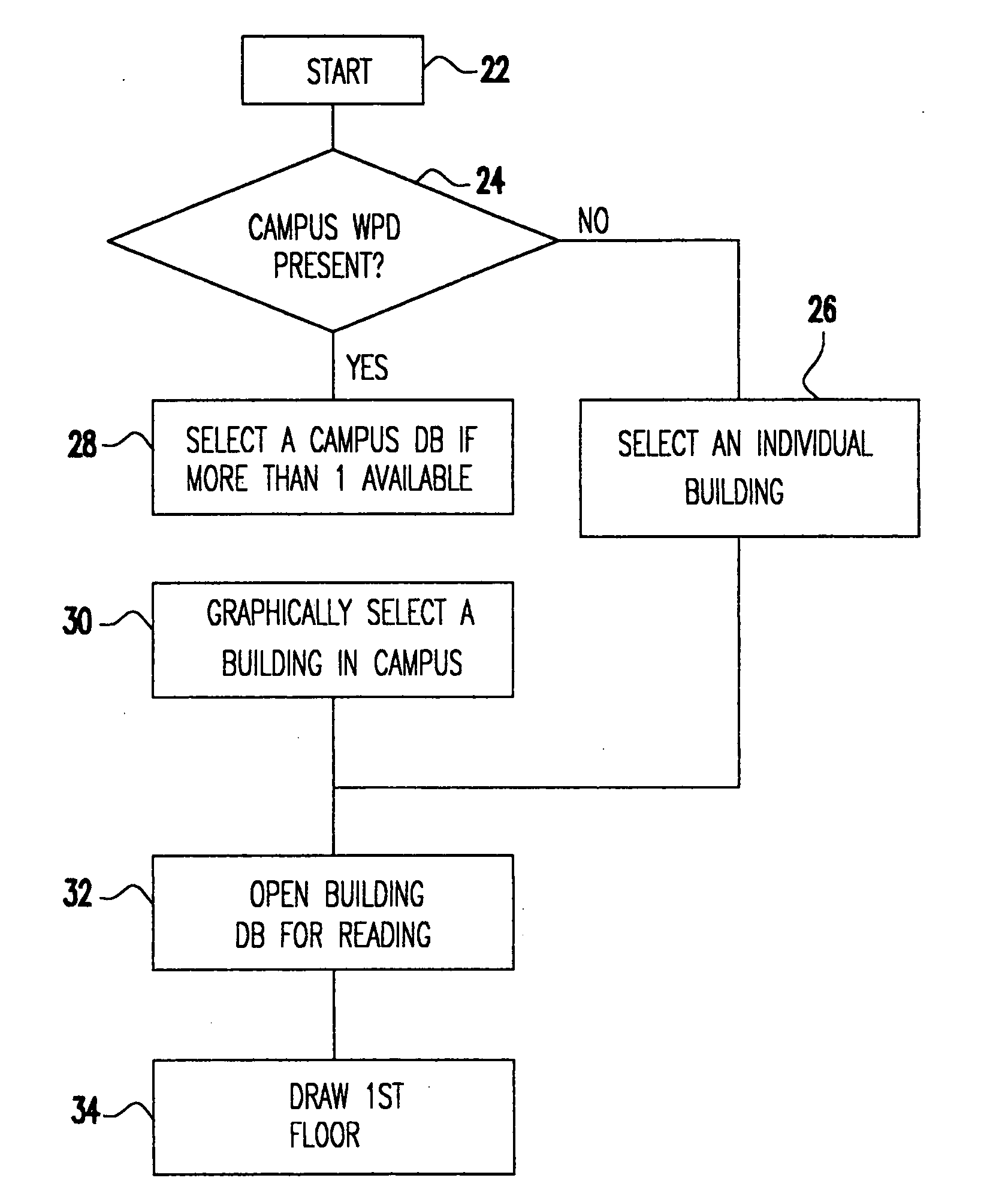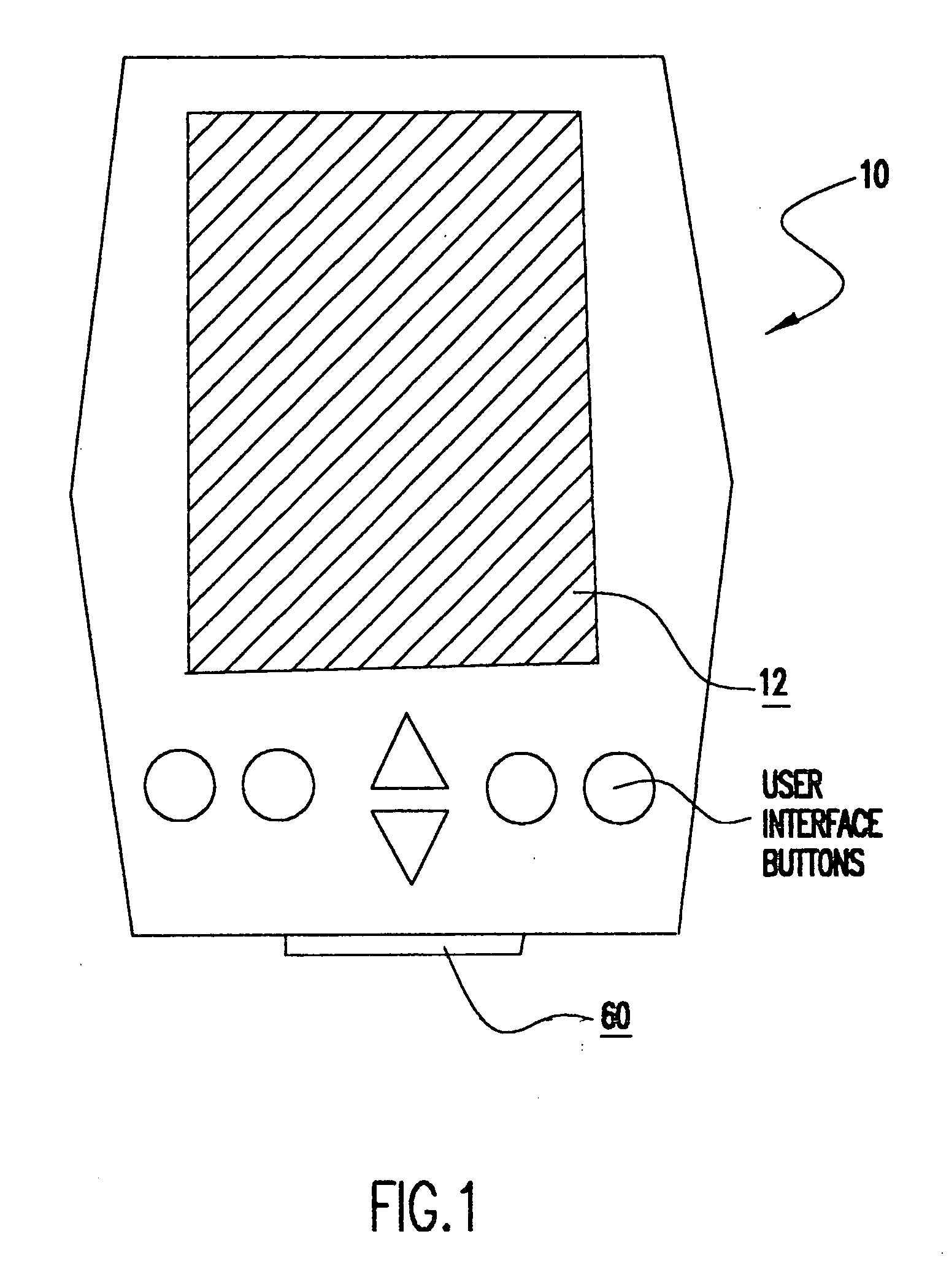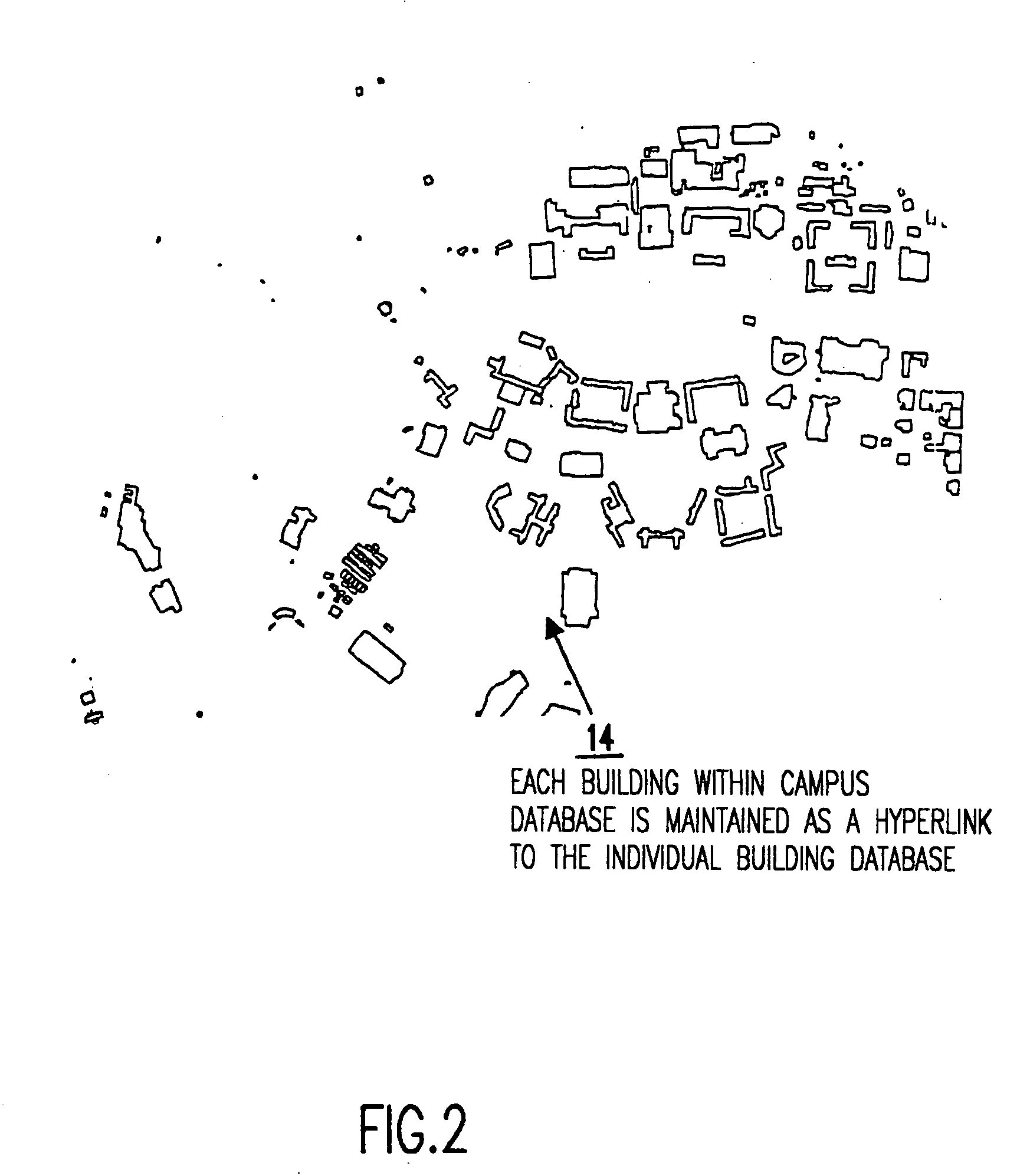System, method, and apparatus for portable design, deployment, test, and optimization of a communication network
a communication network and portable technology, applied in the field of portable systems for design, deployment, test and optimization of communications systems, can solve the problems of inability to meet the needs of users,
- Summary
- Abstract
- Description
- Claims
- Application Information
AI Technical Summary
Benefits of technology
Problems solved by technology
Method used
Image
Examples
Embodiment Construction
[0031] Using the present invention, it is now easier than ever to design, deploy, test, optimize, and maintain communication networks in and around multi-floored buildings, campuses of multi-floored buildings, and environments including outdoor 3-D terrain. The present method is a significant advance over the prior art in the breadth of information presented to the user while operating a portable handheld computer. Using the embodiment presented, an engineer can cover the complete cycle of design, deployment, test, and maintenance for a communications network.
[0032] To facilitate navigation within a multi-floored building or campus of multi-floored buildings or in an outdoor 3-D environment, the present invention provides for a computer aided design (CAD) or other similar system to assist in creating graphical drawings representing the building system. Being able to smoothly navigate within a physical environment including a building or campus of buildings is critical for the afore...
PUM
 Login to View More
Login to View More Abstract
Description
Claims
Application Information
 Login to View More
Login to View More - R&D
- Intellectual Property
- Life Sciences
- Materials
- Tech Scout
- Unparalleled Data Quality
- Higher Quality Content
- 60% Fewer Hallucinations
Browse by: Latest US Patents, China's latest patents, Technical Efficacy Thesaurus, Application Domain, Technology Topic, Popular Technical Reports.
© 2025 PatSnap. All rights reserved.Legal|Privacy policy|Modern Slavery Act Transparency Statement|Sitemap|About US| Contact US: help@patsnap.com



